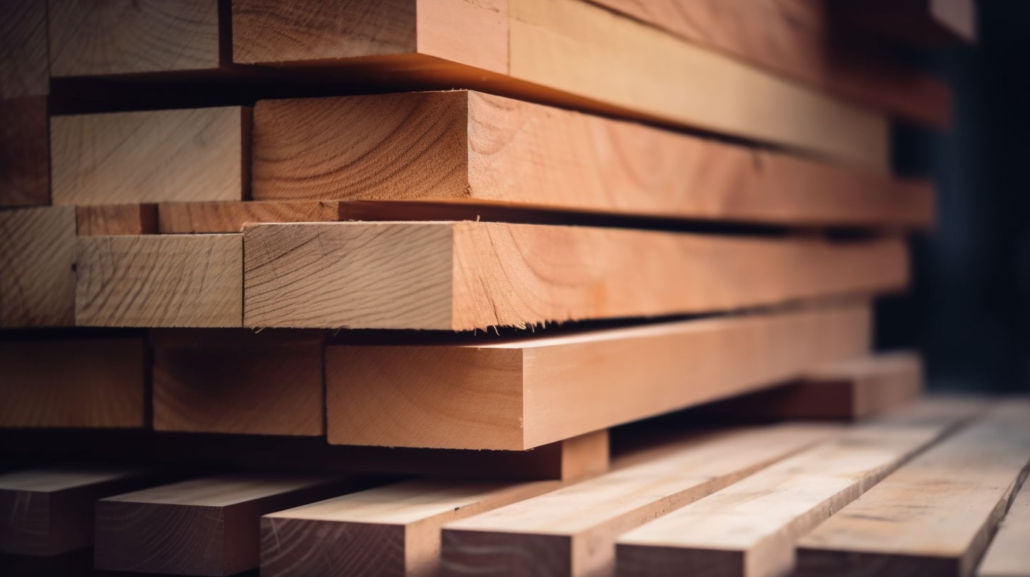Choosing the Right Timber for Your New Zealand Deck: Tips from The Handyman Group
Date: 12 Jun 2024
If you're building a deck in New Zealand, using pressure-treated timber is essential for ensuring durability and strength. Here’s why you should select the right timber and how to make the best choices for your deck.
Buy Pressure-Treated Timber with the Right Amount of Preservative
For the structural parts of your deck, such as posts, joists, and beams, pressure-treated (PT) timber is the logical choice. PT timber can support more weight and span longer distances than other commonly used woods like cedar or redwood, and it is also more cost-effective.
The timber industry in New Zealand rates PT timber based on the amount of preservative retained per cubic meter. The higher the preservative level, the better the protection against fungi and insect attacks. Choose decking boards with the appropriate preservative concentration for their intended use:
- Above-grade: Use .25 (sometimes .15) for decking, fences, and railings.
- Ground-contact: Use .40 for posts, beams, joists, and decking.
- Below-grade: Use .60 for support posts that are partially buried and for permanent wood foundations and planters.
Modern preservatives, such as ACQ (alkaline copper quat), are safe for plants, animals, people, ponds, and waterways.
Avoid Timber with Excess Heartwood
When buying pressure-treated timber, especially for decking boards or posts, avoid those with a lot of heartwood. Heartwood, from the tree's center, is denser and less penetrable by treatments compared to the outer sapwood. Although heartwood has more natural oils that can be beneficial, it might not be the best choice if you're skeptical of chemical treatments.
Select Heartwood Common Boards
For untreated cedar or redwood decking, ask for heartwood common boards. These are more durable and less likely to twist or distort because heartwood contains natural preservative oils that resist decay and insects. Heartwood is the darker core of the tree, while sapwood, lighter in color, has fewer natural oils.
Ensure Timber is Dry
Choose treated wood that has dried after treatment. Wet boards are heavier, harder to handle, and more difficult to cut. As wet boards dry, they shrink, which can cause joists to rise and fasteners to loosen, resulting in uneven and unsightly gaps. Look for timber labeled KDAT (kiln-dried after treatment) for the best results.
Use Sturdy Posts for High Decks
For decks more than two feet above the ground, use six-inch posts instead of four-inch ones. Larger posts last longer, support more weight, and provide a more stable structure. Avoid posts with twists or bows, as these defects can worsen over time.
Research Deck Boards Before Buying
Each type of deck board has its advantages and disadvantages:
- Natural softwoods: Cedar and redwood are beautiful and stable but require regular maintenance and can be more expensive.
- Natural hardwoods: Exotic hardwoods like ipé and teak are durable but pricey and challenging to work with.
- Treated timber: Cost-effective and long-lasting, though prone to shrinkage and warping if not properly dried.
- Composite boards: Consistent and uniform in appearance but more expensive and not ideal for extreme weather conditions.
Consider Dimensions Carefully
When selecting your deck boards, consider their width, thickness, and length:
- Width: Opt for six-inch boards for fewer cuts and gaps.
- Thickness: Choose boards at least an inch to an inch-and-a-quarter thick.
- Length: Use the longest boards available to minimize cuts and butt joints.
Avoid "Scalped Edges" and Uneven Widths
Check for crowned edges and avoid wane, the missing wood on the edges of a board. Joists should have a slight crown to prevent sagging. Use joists that vary by less than an eighth of an inch in width for a more stable deck.
Don’t Seek Perfect Timber
Expect some natural variation in timber. Use straighter joists for the deck’s perimeter and reserve twisted ones for smaller sections. Stack and sort your timber into "pretty" and "ugly" piles, using each accordingly.
Choose Straight 2x12s for Stair Jacks
For stair jacks, select straight, solid 2x12s without splits or large knots. These should be strong and stable to ensure safe and level stairs.
For more expert advice and quality materials, visit The Handyman Group—your trusted source for all construction needs in New Zealand.
Back...
